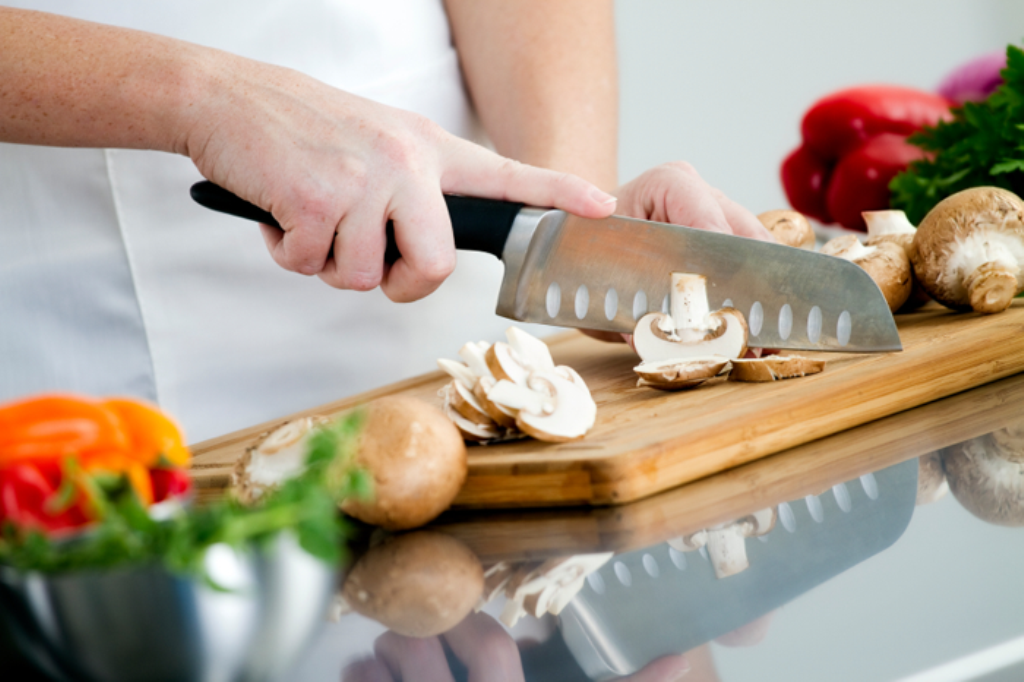In every professional kitchen, the choice of cutting tools can greatly influence not just efficiency but also food safety and flavor. Among the array of cutting tools available, the wooden cutting board stands out as a favorite among many chefs and culinary experts. But what can you cut on a wooden cutting board? Let's dissect this question and understand the best practices in managing your wooden cutting board effectively while ensuring your dishes remain delicious and safe.
Its essential to recognize that wooden cutting boards offer unique benefits. They are not only aesthetically pleasing but also provide a less abrasive surface compared to their plastic counterparts. However, knowing the right foods to cut on them is crucial to maintain their longevity and your dish's quality.

Understanding the Properties of Wooden Cutting Boards
Wooden cutting boards, made from materials like maple, walnut, or cherry, have natural anti-bacterial properties and are known to be kinder to knife edges. This means that your knives will stay sharper for longer. The wood fibers can absorb some moisture, which helps to reduce bacteria on the surface when properly maintained.
What You Can Cut on Your Wooden Cutting Board
The common question arises: what can you cut on a wooden cutting board? You can safely cut a variety of foods:
- Vegetables: Most vegetables like carrots, celery, and onions can be chopped without issue.
- Fruits: Soft fruits such as apples and tomatoes are ideal as they dont dull your knives quickly.
- Meats: Raw meat such as chicken can be cut on wooden boards. However, it's paramount to sanitize the board afterward to prevent cross-contamination with other foods.
- Cheese: Hard and soft cheeses both perform well on wooden boards, providing an enjoyable cutting experience.
Foods to Avoid on Wooden Cutting Boards
While wooden cutting boards are versatile, certain foods should be avoided:
- Raw Fish: Cutting raw seafood can cause odors and contamination, so it's wise to use a separate board.
- Spicy Foods: Foods containing strong spices, like chili, can leave lasting scents.
- High Moisture Foods: Avoid cutting items like watermelon or cucumbers, as they can saturate the wood.
Maintenance of Wooden Cutting Boards
To ensure the longevity of your wooden cutting board, proper maintenance is essential:
- Regular Cleaning: Use warm soapy water to clean the board after every use. Avoid soaking it or putting it in the dishwasher.
- Conditioning: Regularly apply mineral oil to keep the wood hydrated and prevent cracking.
- Sanitizing: After cutting raw meat, sanitize the surface thoroughly. You may use a solution of white vinegar and water.
The Art of Cutting on Wooden Cutting Boards
As kitchen professionals, mastering the technique of cutting can elevate the quality of food you prepare. Here are tips to enhance your cutting skills:
- Knife Skills: Invest time in learning to chop correctly. A steady hand and sharp knives make a significant difference.
- Board Placement: Ensure the cutting board is stable to prevent slipping during cutting.
- Cutting Technique: Use a rocking motion when chopping herbs or garlic to achieve uniform pieces quickly.
Choosing the Right Wooden Cutting Board
Selecting the right board is equally critical. Consider factors such as:
- Material: Different woods have varied characteristics choose a hardwood like maple or walnut for durability.
- Size: A larger board provides more space for cutting, especially when managing multiple ingredients.
- Grain Type: End grain boards are more forgiving on knives and can be more resilient to cuts.
Frequently Asked Questions
Can I use a wooden cutting board for all kinds of meat?
It's best to use separate boards for raw meat and vegetables to avoid cross-contamination.
How often should I oil my wooden cutting board?
Condition your board every month or more frequently, depending on use.
Are wooden cutting boards hard to maintain?
With proper cleaning and conditioning, wooden boards are quite easy to maintain.

Conclusion
Understanding what can you cut on a wooden cutting board is key for any kitchen professional. By carefully selecting what to cut, maintaining your board, and honing your knife skills, you can enhance both food preparation efficiency and the safety of your culinary items. Incorporate these practices in your kitchen routine, and your wooden cutting board will undoubtedly serve you well for many years.
For further insights into maintaining and using cutting boards, check resources like Cookbook: Cutting Board.
As an Amazon Associate, I earn from qualifying purchases.
As an Amazon Associate, I earn from qualifying purchases.


























